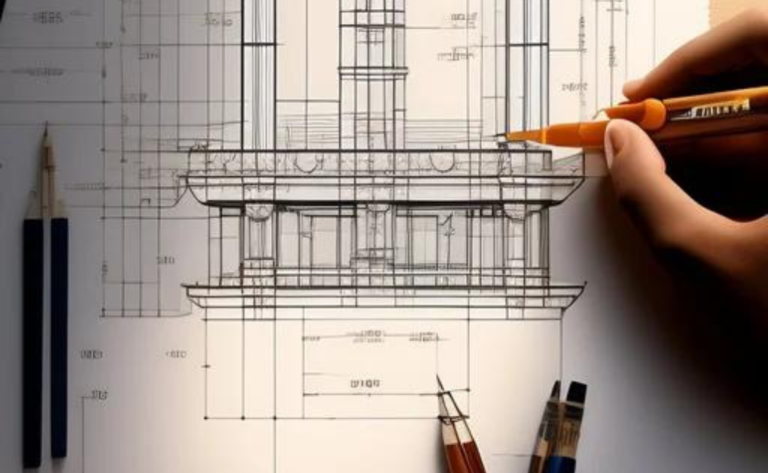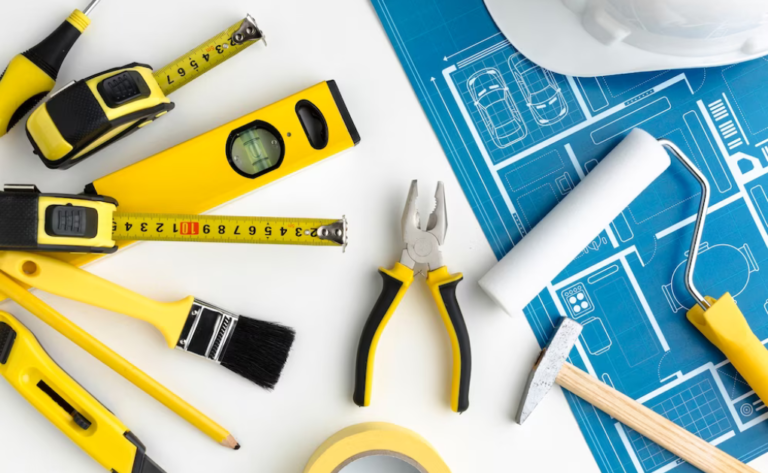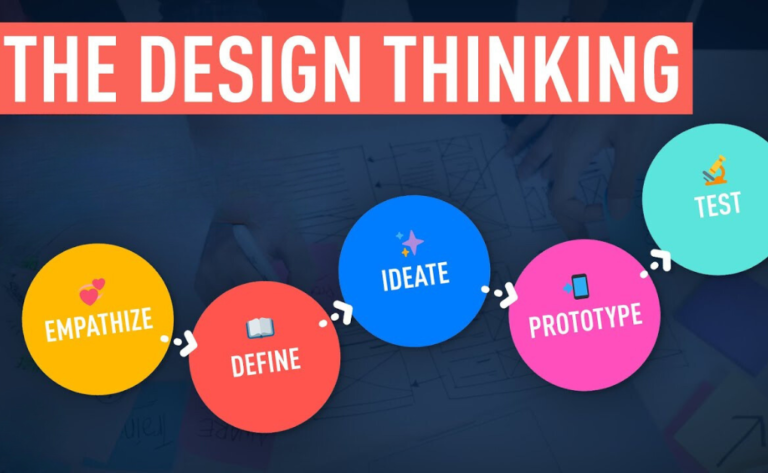Unveiling Innovations in Plastic Product Design: Exploring the Latest Trends
The world of plastic product design is a dynamic realm that constantly evolves with advancements in technology, shifts in consumer preferences, and the pursuit of innovative solutions. As we journey through a new era of design, it’s crucial to stay updated on the latest trends that are shaping the way we create, interact with, and experience plastic products. In this blog post “Unveiling Innovations in Plastic Product Design: Exploring the Latest Trends”, we delve into the cutting-edge trends that are influencing plastic product design and sparking creativity across industries.
1. Sustainable Design for a Greener Tomorrow
 In an age of heightened environmental consciousness, sustainable design has taken center stage. Designers are embracing materials and processes that have a minimal impact on the planet. From bioplastics and recycled materials to designs that promote durability and longevity, sustainability is transforming the landscape of plastic product design.
In an age of heightened environmental consciousness, sustainable design has taken center stage. Designers are embracing materials and processes that have a minimal impact on the planet. From bioplastics and recycled materials to designs that promote durability and longevity, sustainability is transforming the landscape of plastic product design.
2. Minimalism and Functional Simplicity
The saying “less is more” holds true in the realm of plastic product design. Minimalist designs that focus on essential functionality and clean aesthetics are gaining traction. The trend favors streamlined forms, efficient use of materials, and a user-centric approach. This design philosophy not only creates visually appealing products but also simplifies manufacturing processes and reduces waste.
3. Smart Integration of Technology
 The integration of technology into plastic products is opening up new avenues for innovation. From IoT-enabled devices to products with augmented reality interfaces, technology is enhancing the functionality and user experience of plastic products. This trend encourages designers to think beyond traditional boundaries and explore how technology can elevate their creations.
The integration of technology into plastic products is opening up new avenues for innovation. From IoT-enabled devices to products with augmented reality interfaces, technology is enhancing the functionality and user experience of plastic products. This trend encourages designers to think beyond traditional boundaries and explore how technology can elevate their creations.
4. Organic and Nature-Inspired Designs
Nature has long been a source of inspiration for designers. Organic shapes, patterns, and textures are making their way into plastic product design, creating a harmonious blend of the artificial and the natural. These designs evoke a sense of connection with the environment and infuse products with a unique character.
5. Customization and Personalization
 In the age of personalization, consumers are seeking products that reflect their individuality. Customizable plastic products, whether through modular designs or personalized color options, are becoming increasingly popular. This trend aligns with the desire for products that cater to specific preferences and lifestyles.
In the age of personalization, consumers are seeking products that reflect their individuality. Customizable plastic products, whether through modular designs or personalized color options, are becoming increasingly popular. This trend aligns with the desire for products that cater to specific preferences and lifestyles.
6. Circular Design and Material Innovation
Circular design principles advocate for products that are designed with their entire lifecycle in mind. This includes considerations for materials that are easily recyclable or biodegradable, as well as designing for repairability and reusability. Material innovation plays a crucial role in realizing these goals, with designers exploring novel materials that offer both functionality and sustainability.
“Unveiling Innovations in Plastic Product Design: Exploring the Latest Trends” :- As we navigate these exciting trends, it’s important to note that the key to successful plastic product design lies in a combination of creativity, functionality, and adaptability. At DesignXpert, we’re dedicated to preparing the designers of tomorrow to embrace these trends and pioneer innovations that will shape our world. Through our comprehensive courses, students gain insights into the latest design trends, along with practical skills to bring their creative visions to life.
The future of plastic product design is bright, and the possibilities are limitless. Join us at DesignXpert to be part of this transformative journey. Let’s shape the future of design together.







